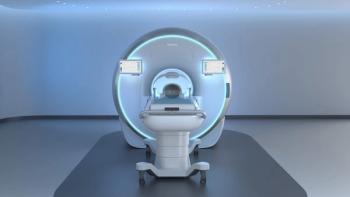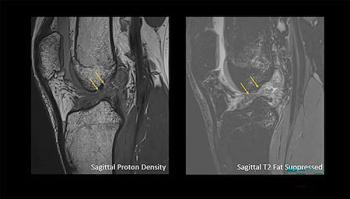
Doing the right things first
There is often confusion between doing the right things and doing things right. Perhaps the best way to explain the difference is with an example.
There is often confusion between doing the right things and doing things right. Perhaps the best way to explain the difference is with an example.
While I was on a trip to Japan, my secretary decided to completely reorganize a file cabinet that had been neglected for quite some time. On my return, she informed me that she had done an excellent job in bringing the file cabinet up to date. She actually did an outstanding job - an example of doing the right thing. Unfortunately, almost all the material in that particular cabinet should have been thrown out long ago.
Of course, we are going to use a strategic thinking tool for the analysis of this subject. In the 2 x 2 shown in the figure (for details on this tool, see DI SCAN 8/9/06
Let's focus next on the upper left box, characterized by doing the right thing and doing things wrong. A good example of this is the attempted launch of CT by EMI. EMI was the creator of the concept and did an outstanding job in getting the first useful anatomic pictures. Some historians claim that all major manufacturers in the x-ray business turned down an EMI offer to partner on the CT project. So EMI went it alone, despite having no prior experience in the imaging business. One of the key reasons for the company's downfall was that it didn't understand service and the need to please the customer with the uptime of the imaging device. Because initial orders came from many locations around the world, EMI was not able to benefit from the "cluster concept" and, therefore, was unable to provide consistent and excellent service.Our next area of consideration is the lower right box, characterized by doing the wrong thing and doing things right. This is clearly a wasteful endeavor in that good energy and resources are being used in an area that won't repay their expenditure. That certainly was the situation when lithotripsy companies, after their success treating kidneys, decided to expand to the gall bladder. But this decision backfired due to a lack of understanding about the competition. Thinking of competition as other lithotripsy companies, they did not consider competing technologies. These included pharmaceuticals capable of dissolving gall stones, which is not possible with kidney stones, and surgery, as the gall bladder is not required for patient survival. The availability of laparoscopy allowed minimally invasive surgical techniques to be used, making surgery an even more attractive option.This brings us to the upper right box - the desired place to be - doing the right things and doing things right. The examples included are just a few of the many that are available. Are there some underlying characteristics associated with the cases shown? The answer has been provided in a number of the articles in DI SCAN. The High 5 (DI SCAN, 4/7/06,
Newsletter
Stay at the forefront of radiology with the Diagnostic Imaging newsletter, delivering the latest news, clinical insights, and imaging advancements for today’s radiologists.




























